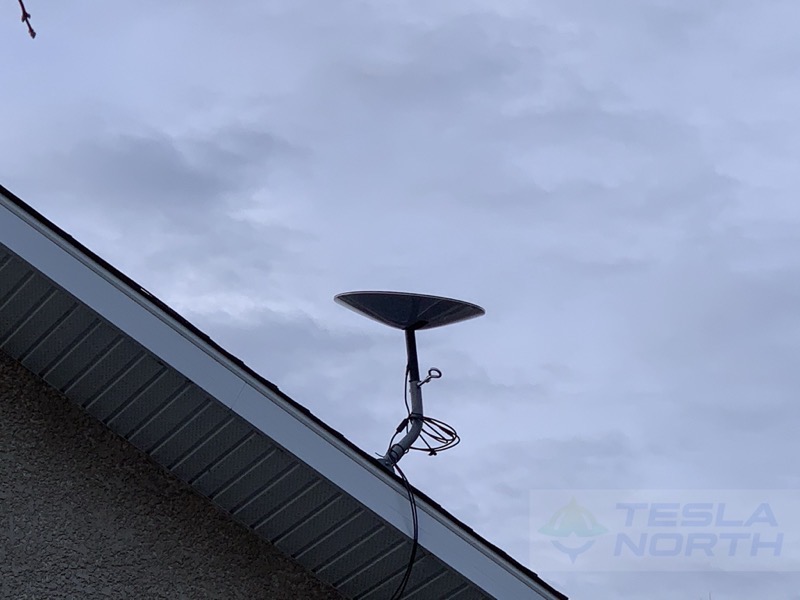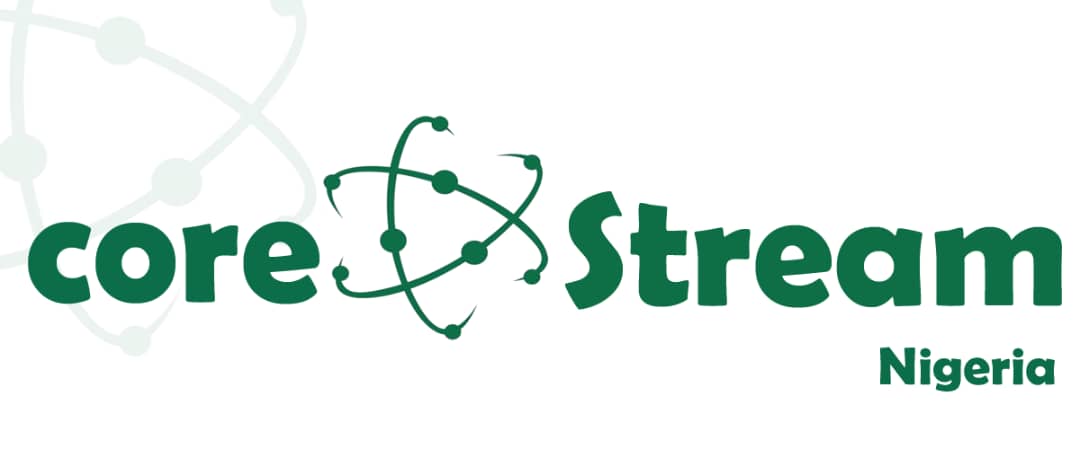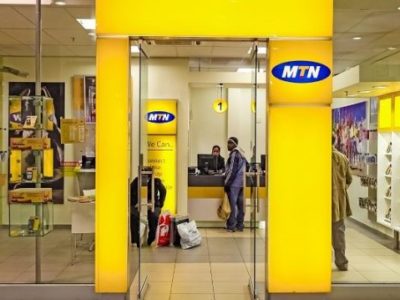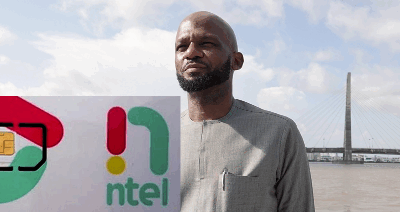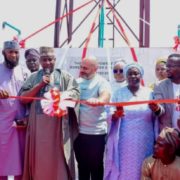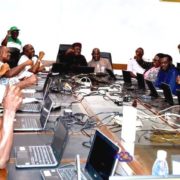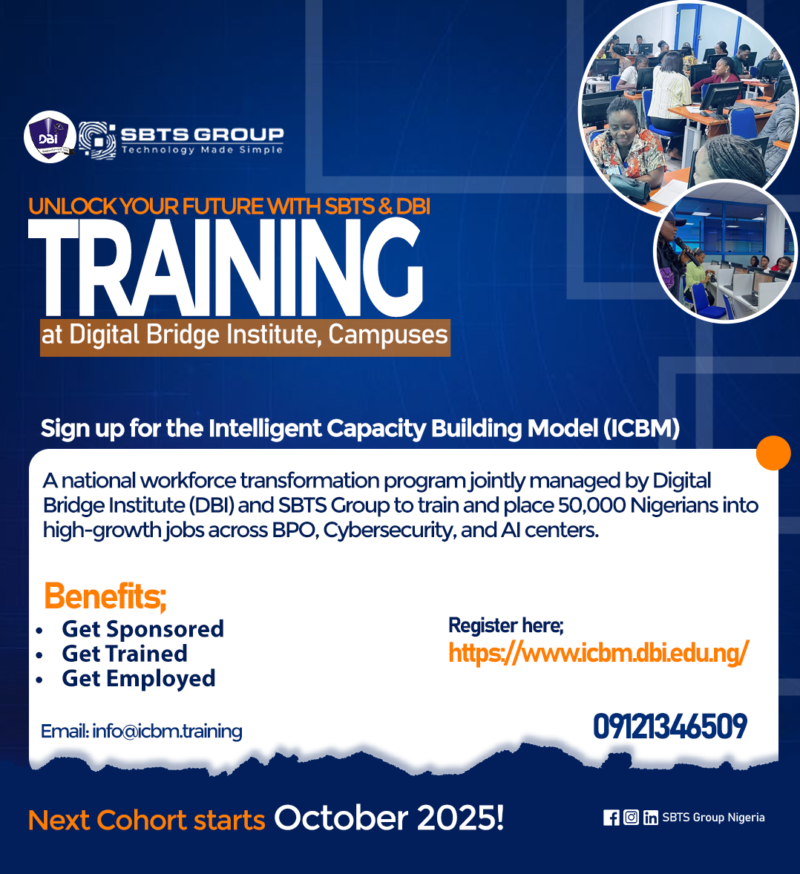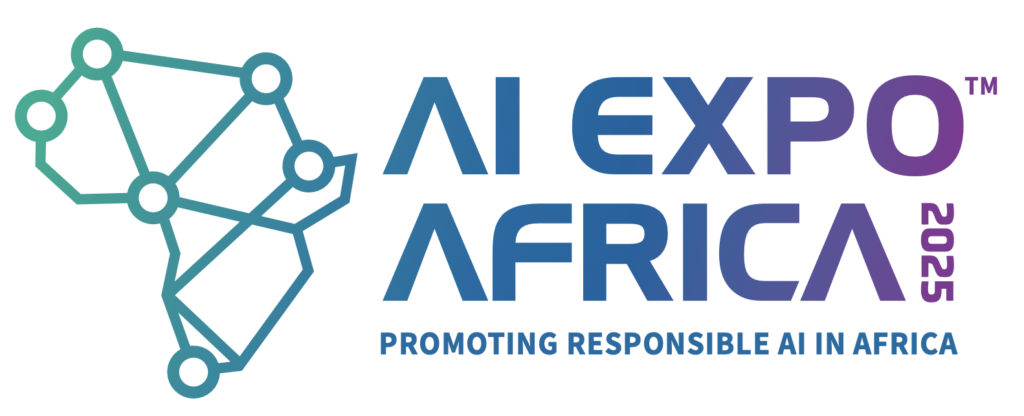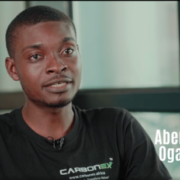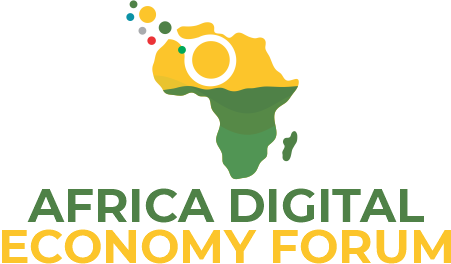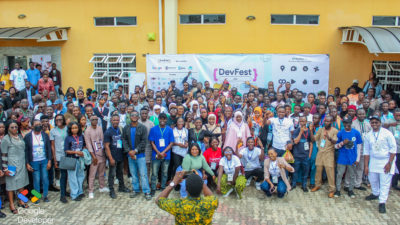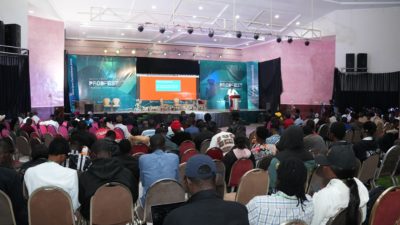As Starlink intensifies competitive pressures and African governments remain uncertain about intervening to protect telco incumbents, African telecom companies are increasingly focusing on underserved regions. In response, they are launching strategic initiatives to tackle the rising challenge of low Earth orbit (LEO) satellite connectivity to maintain their market position and tap into new growth opportunities, according to GlobalData, a leading data and analytics company.
RELATED: Starlink’s disruption in Nigeria: Will traditional ISPs survive Elon Musk’s Internet revolution?
Recent tie-ups – including the Orange–Vodacom deal in Uganda for network deployment in rural areas; Safaricom partnering with local satellite operator ESD Kenya; ZainTech partnership with Arabsat covering North Africa; and Vodacom and MTN’s own desire to boost connectivity across their footprint via LEOs – point to this trend.
Africa’s telcos responding to Starlink’s effect
Ismail Patel, Senior Analyst, Enterprise Technology and Services at GlobalData, says: “The rapid shift in focus by Africa’s telcos can largely be attributed to a confluence of factors, with Starlink being a key driver. These telcos are increasingly seeing unserved and underserved regions of the continent as opportunities rather than investment dead ends.”
GlobalData analysis uncovered the existence of not only regulatory divergence in how to deal with Starlink, but also variation in Starlink’s attitudes to compliance with licensing or lack thereof in the wider MEA region. In Africa, some governments require it to be licensed, thus adopting a protectionist approach. Some are more hesitant to do so, ostensibly due to the potential of Starlink connectivity stimulating the economy in rural and underserved regions.
Although its subscriber market share is small, Starlink is eating into the untapped revenue opportunities, with the potential of building up a loyal customer base. This represents a concern for the incumbents as Starlink builds up a base of higher-than-average revenue generating customers such as small office/home office (SOHOs) and small and medium-sized businesses (SMBs), on top of connecting underserved populations that include thousands of micro-businesses.
Starlink heightening pressures on traditional telco incumbents
With Starlink promising to launch in 14 new markets across Africa in 2025, pressures on the traditional telco incumbents will only become starker and sharper, leading to more collaboration among themselves as well as with alternative LEOs.
Patel concludes: “Starlink has undeniably changed the competitive field for connectivity, resulting in telcos scrambling for a piece of the rural greenfield opportunity that was neglected for a considerable time. The global LEO is competitive on pricing and offer a quality connection that has not been the norm for many in Africa.
“But not all is lost for the continent’s telco groups, as they can typically offer the type of tech-based services to SMBs that a global LEO cannot, such as – inter alia – improved supply chain management, e-health, adverse weather mitigation, mobile payments, and natural resource management.”

